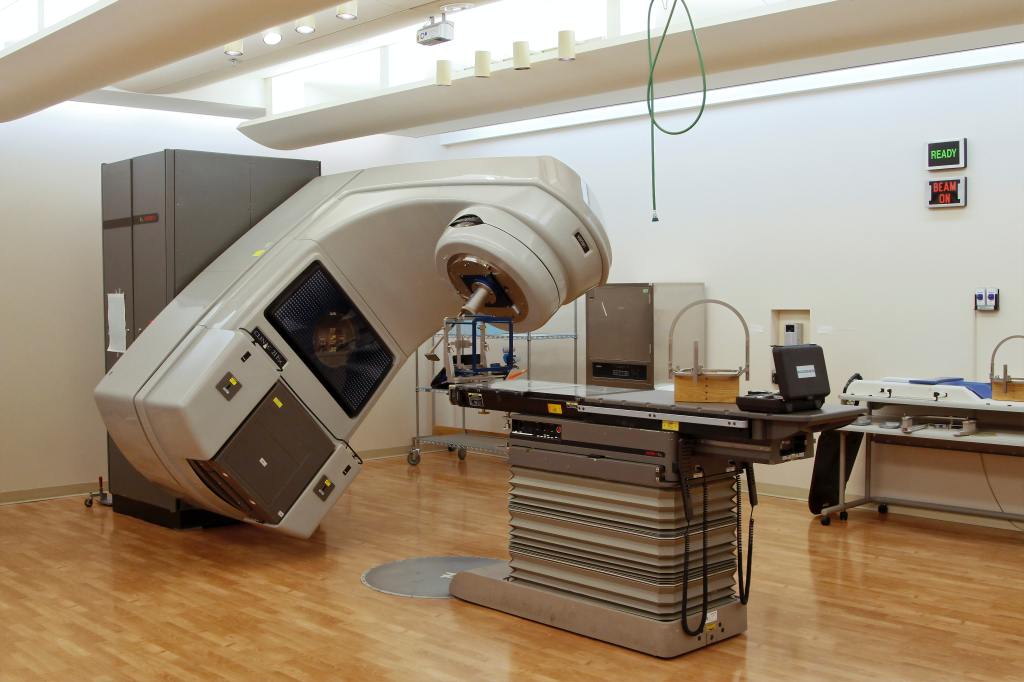
One of the prognostication tools that I use in my day to day palliative care practice is a new form of medical imaging. We don’t have to worry about radiation exposure no X-rays are involved. You can keep all of your earrings and piercing jewellery on as there are no magnetic fields involved. It doesn’t rely on ultrasound technology either, in fact it doesn’t even need a power source. No it isn’t the latest version of Google Glass, or the latest VR/AR technology from Meta. My patients don’t need to be referred anywhere and the scan can occur on site, with no waiting list. We don’t even need anyone to review the imaging and interpret the findings.
Not every healthcare institution is lucky enough to be as well resourced as we are. We have a special scanner which can indicate to us which patient is the most unwell in the hospice inpatient unit. A handy second opinion as prognostication is usually difficult to get right, at best it is an educated guess. We have a mobile PET scanner which makes it easier for us to assess how unwell a person is. We just need to provide it food and water, and occasional access to the local veterinarian. Yes our little CAT scanner has four legs and a tail and is named Charlie.
Our hospice cat has the uncanny ability to know who the most unwell patient is at anytime. He somehow manages to make his way in even if the door is closed. He sometimes sneaks into the window of the person who needs his care the most. This tireless staff member works at all hours of the day or night. Real dedication to our cause, he knows that his important role cannot be provided by anyone else, he has a responsibility to make the most of every opportunity to connect.
Our patient was a cat lover who had become increasingly more unwell over the course of the past weeks. Nature really had it in for her, she was diagnosed with a nasty cancer in January. She had blood clots go to her lungs in March. Had a debilitating stroke in April which made her unable to move one side of her body, and by May had developed crippling pain in her good arm. Coupled with episodes of severe bleeding things were not looking good.
She arrived in hospice and was wary of the increased dose of pain relief started in the morning at hospital. She wanted to stay as alert as possible as she wanted to spend time with her family. We negotiated with her a decrease in her pain relief medications. Overnight she was troubled by worsened pain and extra doses were given. She developed shortness of breath and this led to great distress.
When I met her the following morning she was struggled to breath despite having oxygen on. She could only speak in short sentences in a low volume voice. Grimacing in pain and distressed by her inability to catch her own breath. Her children were distressed to see her in such a state. Charlie had brought her comfort and had slept in the bed with her overnight. My trusty colleague had already proffered his second opinion overnight, and I concurred with him.
The bad news that I had to break to her did not surprise her. She had guessed she was dying as she had never felt so awful, fatigued and scared in her life. She agreed to let us control her pain and to settle down her breathing and general distress. I promised her that we would get her through this and get the rest of the family through this too.
“How long have I got left James? “
“If changes happen over months you might only have months left, if changes occur over weeks you might only have weeks left. If changes occur over days you might only have days left. You’ve been changing everyday.” Her daughter ran out of the room.
“I’m worried that time may be even shorter than that, I think you could die at any time. If there’s anyone you need to see or anything you still need to do, better to do it this morning. I’m not sure how things will be tomorrow, or even tonight.”
A few minutes later I checked in with her distressed daughter. She understood what was going on and asked if it would be okay to bring in her mother’s other children, the furry ones. Her beloved cats.
“Sure that will be fine, people bring in their pets all the time. We’ve had people bring in birds, some years ago we were visited by a llama, yes the wooly kind. Another patient’s friend arranged for a horse to visit her in the courtyard some years ago. I’m keen to arrange for an elephant to visit at some stage. Cats will be fine. We’ll move Charlie out of the room first.”
We calmed things down, she was able to enjoy the visit of her cats and her own mother.
She died in the early hours of the next morning. In the presence of her loved ones, two or four legged.
